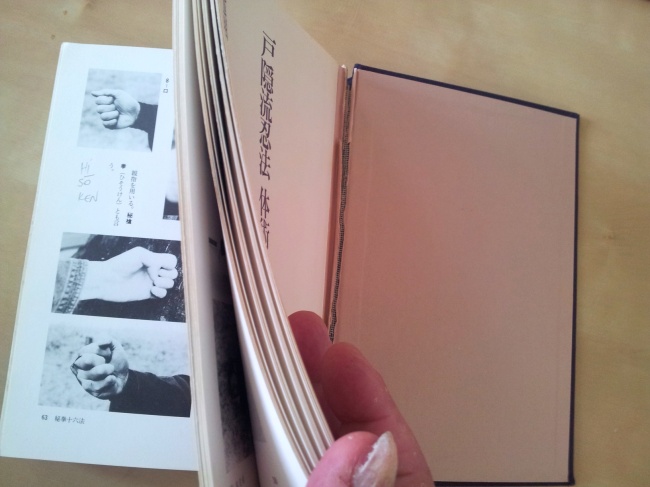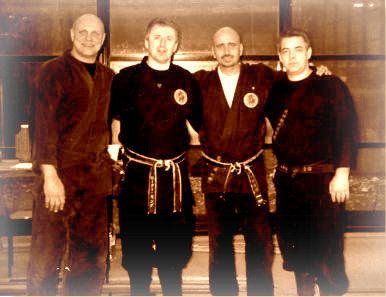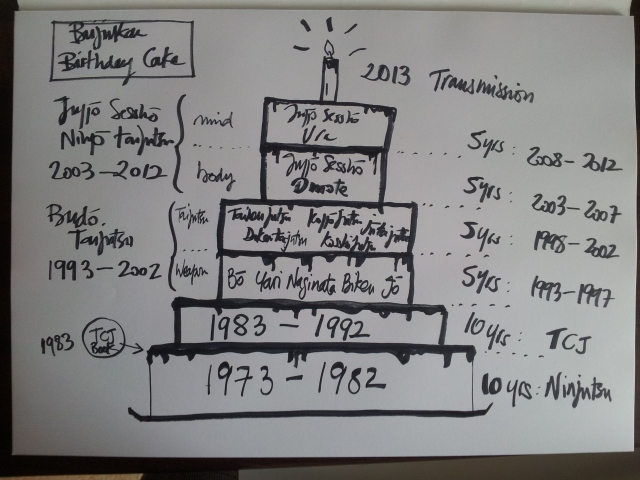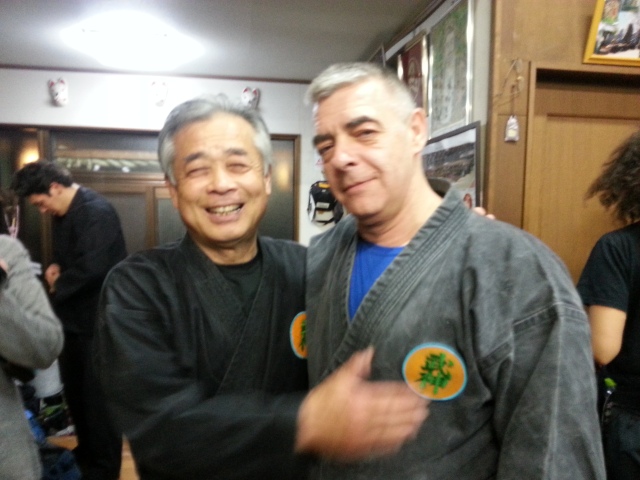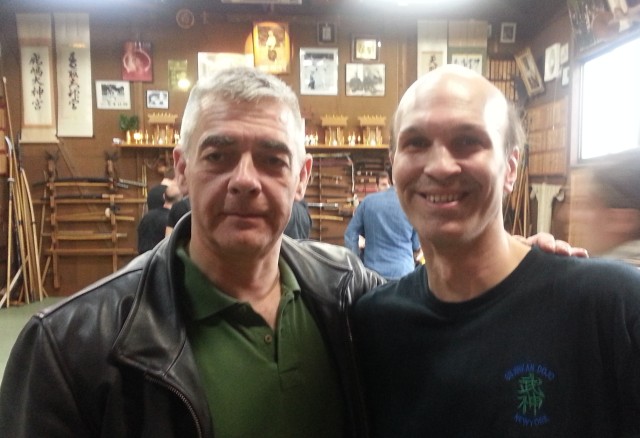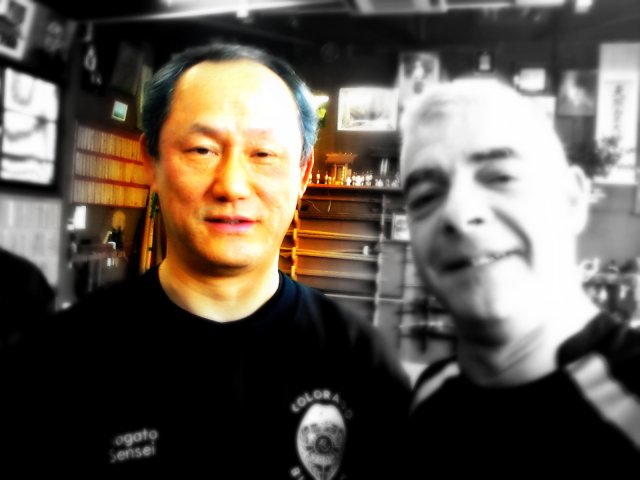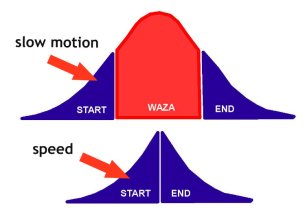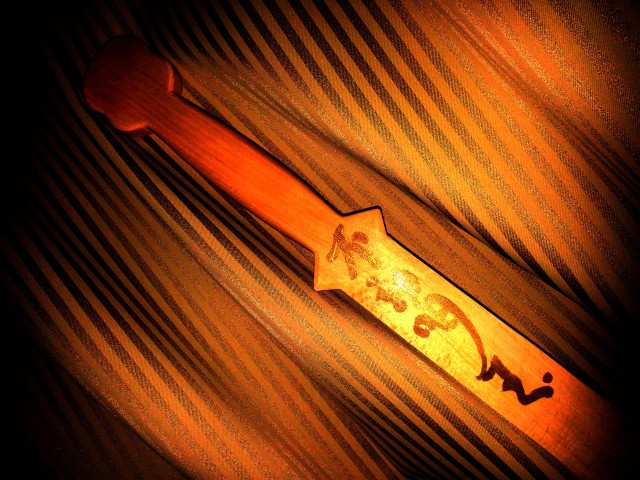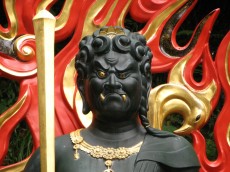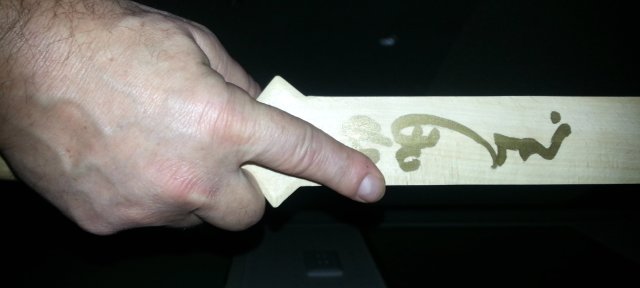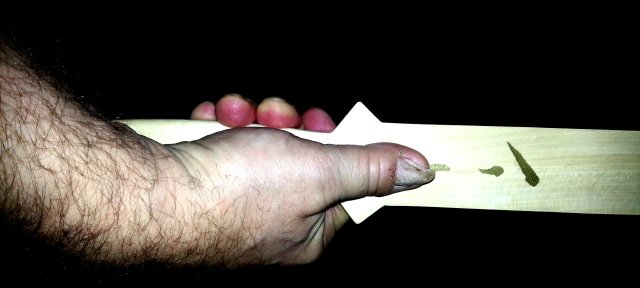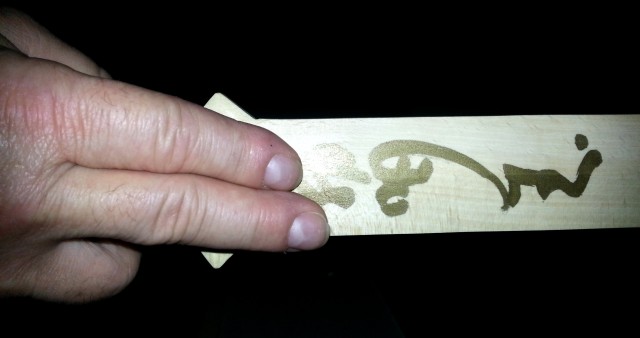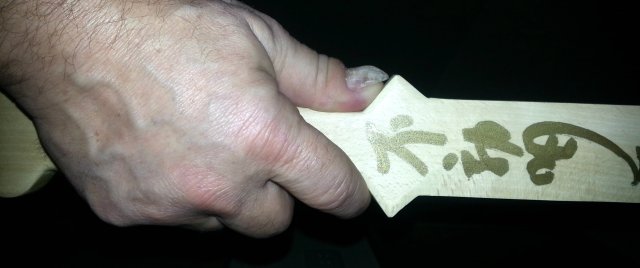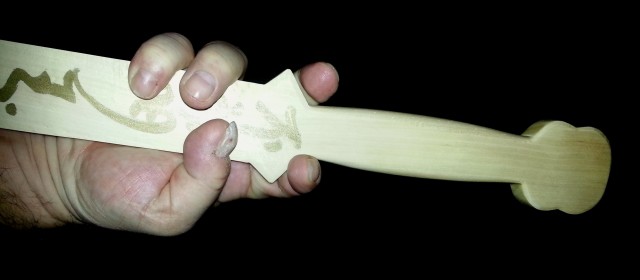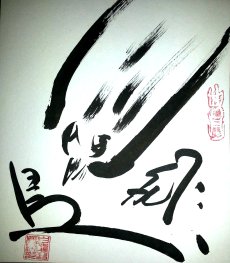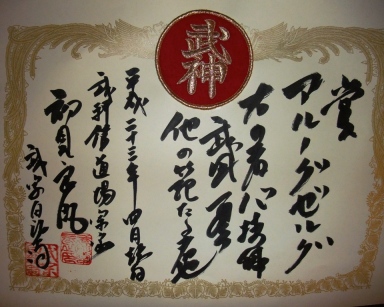Who Is Stupid?
From Shiro Kuma's Weblog by kumablog
- In the sixties, Hatsumi sensei tells Takamatsu sensei that he wants to create a program regrouping the nine ryûha into one single one. Takamatsu sensei rejected the idea adding something like: “each system is important and they are all different, this is why they should be taught separately”.
- Fourty years ago, in April 1972, Takamatsu sensei leaves us. Hatsumi sensei is now alone, he begins to develop the Bujinkan system.
- Having had time to think it over, Hatsumi sensei abandoned the idea of a common program for the nine ryûha but takes the decision instead of regrouping all the basics of the ryûha into one set of techniques: this is the Tenchijin Ryaku no Maki 天地人 略 の 巻. The title says it all as 略 (ryaku) means shorten, abbreviation, outline. His idea, therefore is to create a simplified program to prepare for the study of the nine Ryûha.
- At the end of the 70s, Hatsumi sensei creates his first Tenchijin program. It is presented in the form of 3 stencil like booklets and is only in japanese, no pictures.
- In1983, Hatsumi sensei publishes, in Japanese only, the evolution of the first paper version. He calls it: “Togakure Ryû Ninpô Taijutsu”. It follows the tenchijin structure. This published version of the Tenchijin contains 267 pages and presents three parts: Ten ryaku no Maki, Chi ryaku no Maki, and Jin ryaku no Maki. Shuriken and kakushi buki are added in the Jin Ryaku.
- In 1987, some western students receive from Japan a photocopied booklet written on a typewriter and entitled: “Bujinkan Shinden Kihon Gata”. The subtitle is Tenchijin Ryaku no Maki. It contains many changes to the 1983 version. The Kyûsho are gone, the weapons are gone, and the techniques are reshuffled and simplified.
- In the “official” Kihon Happô, Ganseki Nage is replaced by Musô Dori.
The first version (tcj1) was a sketch.
The second version of 1983 (tcj2) a prototype. A beta version.
The third version of 1987(tcj3), the Tenchijin 1.0. Unfinished but good enough.
Today in 2013, some 30 years after the Beta version (tcj2), I am surprised to see many high ranks trying to discover a new hidden truth by basing their teaching on the first tries by sensei.
But I wonder how can these high ranks be so wrong in their analysis?
The tenchijin was an attempt to summarize all the basics of the nine schools into a single tool to make it easier to enter the specific study of the Bujinkan Ryûha.
Please keep in mind that:
- The terms used in the tenchijin are generic (or became generic).
- Similar techniques in various Ryû can be named differently.
- A technique is a mix of several basic generic moves
- Techniques “look like” some basic techniques but are not to be done fully to the end.
- Some concepts, some techniques are missing from one version to the other.
- Some concepts, some techniques are added from one version to the other.
- The structure if the tenchijin is evolving from one version to the other.
- Some techniques from the Chi enter the Jin.
- Some techniques from the Jin are now into the Ten, etc.
With all that in mind, please see the overall logic followed by sensei since the death of his mentor:
- Ninjutsu: Hatsumi Sensei develops the Bujinkan through 20 years of Tenchijin practice (1973-1992)
- 1993-1997 – Budô Taijutsu Omote: He teaches the weapons, to emphasize knowledge of angles and distances (5 years),
- 1998-2002 – Budô Taijutsu Ura: The five aspects of Taijutsu and body movement through five ryûha (5 years),
- 2003-2012 – Juppô Sesshô: and then sensei continued with Ninpô Taijutsu: 5 years of Juppô Sesshô Omote and 5 years of Juppô Sesshô Ura.
- 2013: This is where we are today with a Tsurugi in the hand.
Sensei can be called many names but “stupid” is definitely not the appropriate one!

